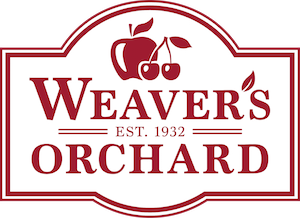Last week on our blog, we explored what people eat for breakfast in different countries around the world including Europe, Scandinavia and Asia. It was a fascinating look at the differences in what people enjoy for the first meal of the day. This week, we’re going to feature some insight from when some of our staff had lived in South and Central America and Africa.
South & Central America
Mexico
Janell (Weaver) Gutierrez, who lived in Mexico with her husband and their children, shared some delicious breakfast ideas based on what’s common in Mexico.
“The Mexican breakfast is hearty and usually a bit spicy. While most people will not have time daily to prepare a meal and will opt for the quicker route of some leftovers inside a tortilla or torta (bread) or some fruit (papaya, mango, melons…) and yogurt. Several “typical” dishes certainly qualify as staples of Mexican breakfasts, whether they are made in the home or bought from a street-side stand (most commonly) or indoor restaurant.
Chilaquiles are one of the easier dishes to prepare, though somewhat time consuming depending on how “from scratch” you make them. First, tortillas ripped into bite-ish sized pieces are fried (or totopos – essentially tortilla chips, but not as thin – are bought). A sauce is made, either red or green, but definitely with some kick. Once the sauce is ready and hot, the fried tortilla pieces are placed in the sauce. Serve and top with queso fresco, onion sliced super thin, and some shredded chicken or red meat…and there you have your chilaquiles. Some prefer to ladle their sauce on top rather than submerge the fried tortilla for a more crisp texture. Either way, the flavor is amazing.
Many of us know of tamales. (The way they are made varies some by region.) These are labor intensive, so they are most often bought from a street vendor or made once in a while in the home. The tamal: a corn husk stuffed with a cornmeal mix filled with chicken or pork in salsa verde, or sliced jalapeños in a tomato sauce, or a spicier “mole” sauce. Many children prefer the “dulce” option – a sweetened cornmeal either chocolate or strawberry flavored, with pineapple, raisins or occasionally a pastry cream in the center. My personal favorite is a “tamal jarocho”. This style originates in the state of Veracruz and is wrapped in a banana leaf instead of a corn husk. The “hoja santa” (a heart shaped leaf of an herbal plant) also helps give it a distinct flavor.
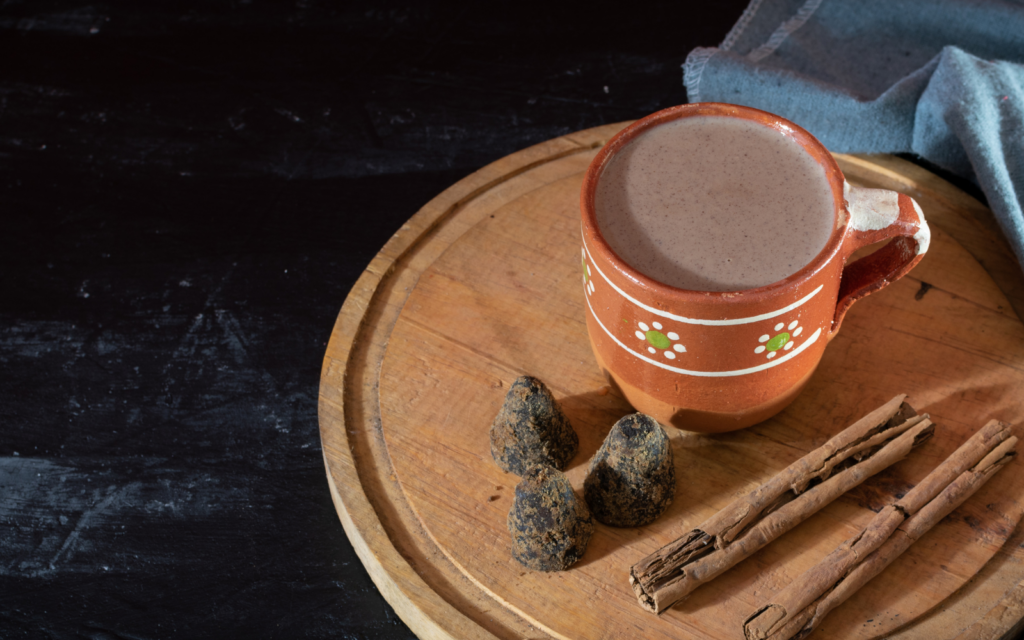
Tamales are often accompanied by “atole”, a thick drink prepared with – you guessed it – “maiz”. The cornmeal is toasted and then water is added, along with cinnamon or cacao powder. The result is a very filling warm drink.
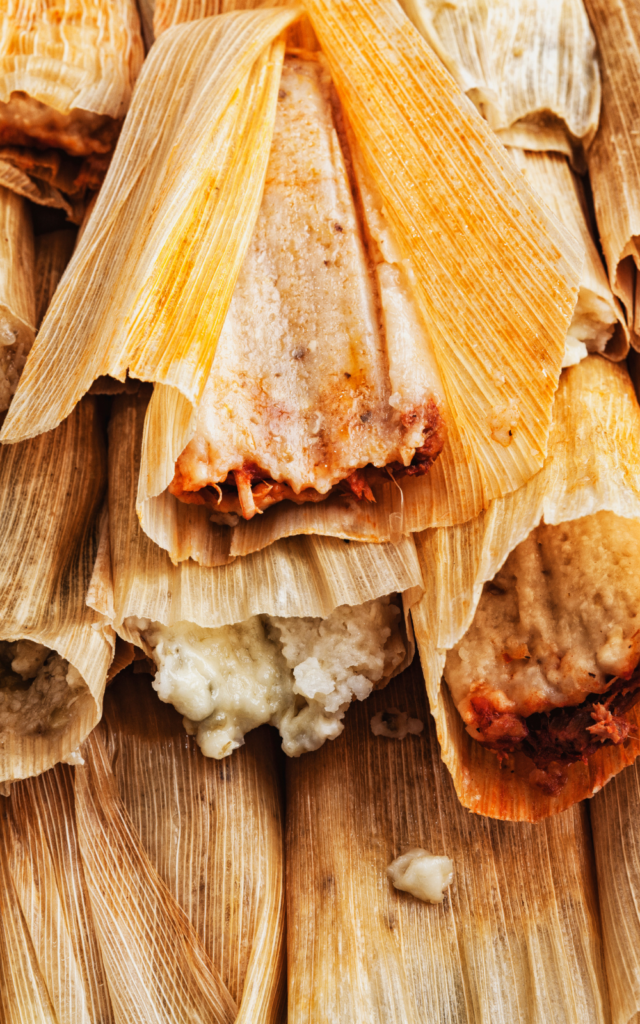
The tamal can be eaten by itself, or it can be placed inside a “torta” (carbs on carbs!). A torta is a bread, with a crisp exterior and fluffy insides – similar to a ciabatta in size and shape, but fluffier. The “migajon”, or the soft insides, are actually removed to fit the good stuff, whether it be a tamal or ham, cheese, refried beans, avocado, onion, and pickled jalapenos. Or, just add your leftover protein from the day before. Tortas are often prepared at home, but you can find delicious tortas on your way to school or work as well.
Of course, if you are in a rush, you may just eat a fresh piece of “pan” from a local bakery – usually sweet – and down a freshly squeezed fruit juice or some coffee.
The list goes on – huge tacos, memelas, gorditas, various egg dishes, quesadillas (with a capital Q), etc. All in all, Mexican breakfasts are a deliciously fantastic way to start the day.”
– Janell (Weaver) Gutierrez
As you may know, Justin and Elizabeth Weaver and their four children have spent some time abroad and are planning to move to Brazil in the next few months. Elizabeth grew up in Ecuador and they did a three month missions training in Zambia, so she shared some of the breakfasts they’ve encountered around the world.
Brazil
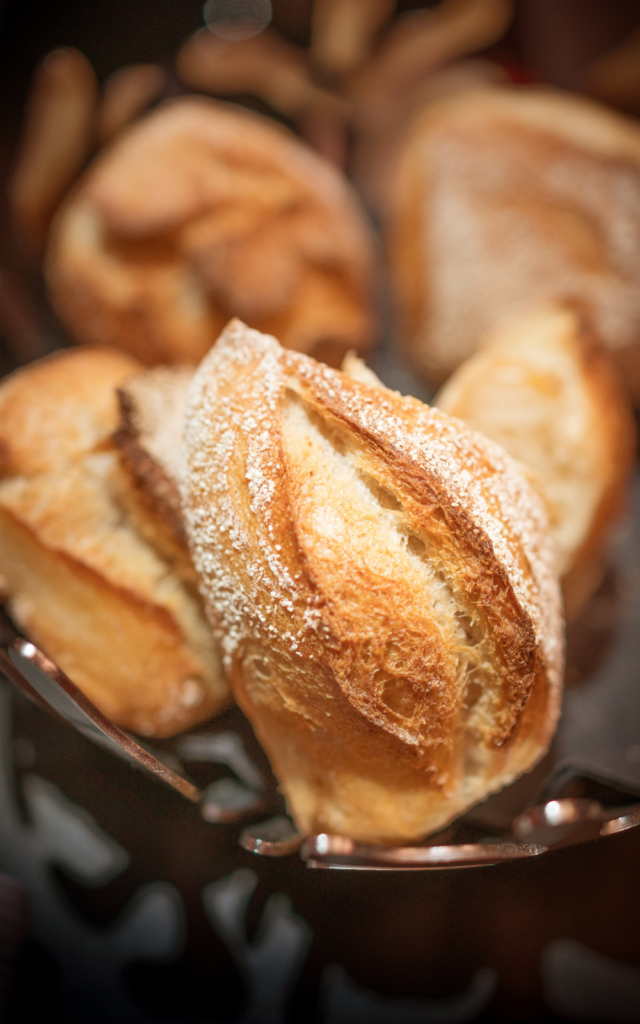
In Brazil they often eat Pão Frances or Pão di Queijo. They eat the bread with coffee sometimes with ham, cheese, and/or eggs. The fancy Brazilian breakfast buffet in the city of Manaus had custard pastries, chocolate bundt cakes and croissants. Also they have whatever fruit is in season: avocado, watermelon, mango, papaya, or abacaxi (pineapple). They always have fruit juice. The fruit juice is typically served unsweetened with an accompanying sugar bowl or bottle of stevia drops. The coffee is typically black and very sweet though some Brazilians do use milk. Most people just buy their bread at the bakery but I have made the Pão di Queijo (in Ecuador it’s called pan de yucca with success). I also included a Pão Frances recipe so you can see what it’s like.
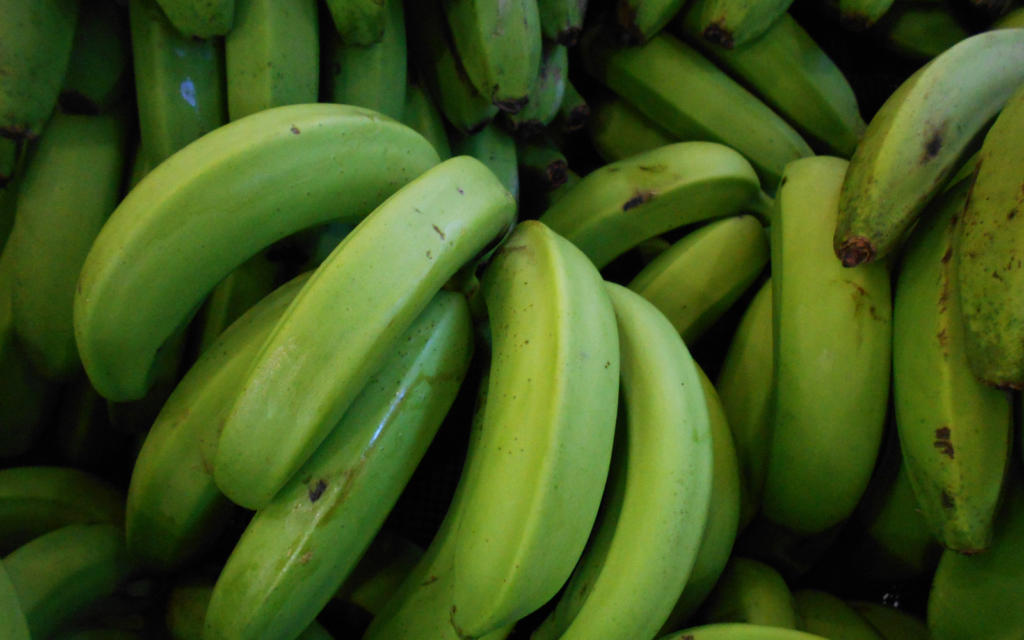
In the rural River Communities on the Amazon I had green plantain porridge with a generous garnish of sweet and condensed milk. The families would eat this for breakfast or supper. I never made it but I did find this Caribbean recipe online. In Brazil they often left chunks of plantain in the porridge (lunch is the biggest meal of the day).
Ecuador
In Ecuador it’s very similar to Brazil except the juice would be heavily sweetened. They would often serve scrambled eggs and/or a pastry from the local bakery. Orejas (Elephant Ears) were my favorite growing up. They often had cafe con leche (coffee with milk) – also heavily sweetened. We would often buy pan de yucca at a stand that sold frozen yogurt but I think this was an evening snack. I’m not sure if they eat the pan de yucca for breakfast. I have made this recipe for pan de yucca and it turned out great. Ecuadorian cheese bread is usually smaller balls than Brazillian, but the exact same flavor.
Pan de yuca or cassava cheese bread – Laylita’s Recipes
Costa Rican breakfasts might be my favorite Latin American dish. I love Arros Con Gafas! (rice with glasses). Two sunny side up eggs served on top of gallo pinto with a side of fried plantain, cheese, and/or sausage. It’s served with salsa Lizano which you can buy on Amazon to get the authentic flavor. (My mom lived in Costa Rica and she often made this for us growing up, no matter what country we were living in. Families eat this for breakfast or supper).
Africa
Zambia
In rural Zambia most families cook over a fire, but even in the small city of Livingston families will eat Nshima Porridge for breakfast most days. Find a recipe for it here!
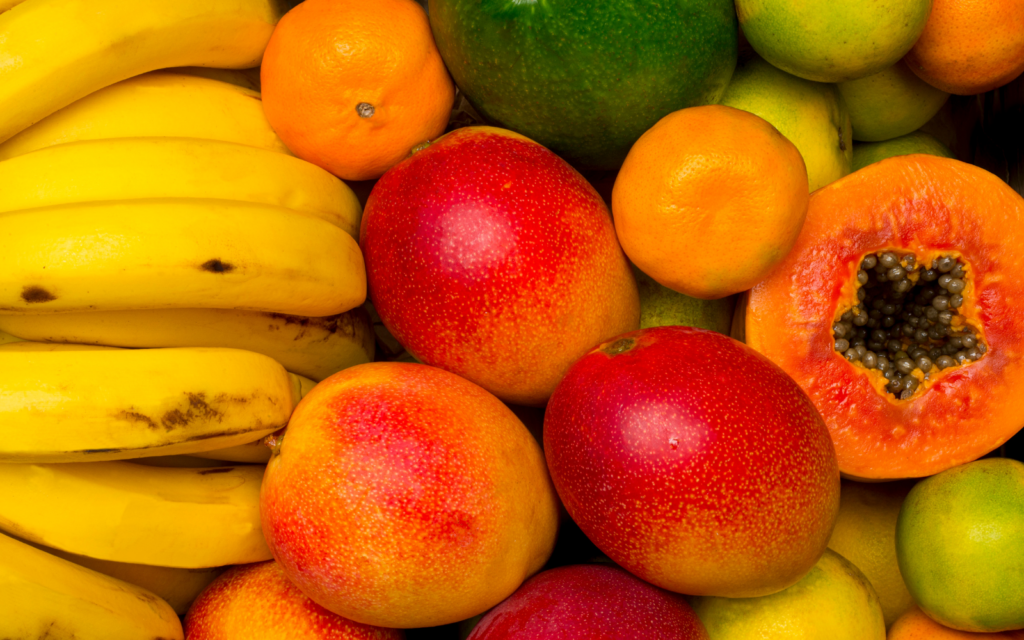
Ghana
Brandon Hertzler, who spent a semester in Ghana recollects that a typical breakfast included black tea, Milo (a chocolate milk drink) and a sweet pillowy bread similar to brioche but more like a white bread or dinner roll crust. And lots of fruit!
So there you have it! Breakfast can be sweet, savory, spicy or fruity. Everyone has different ways to start the day, each one unique and delicious! Here at Weaver’s Orchard, we have plenty of ingredients to make many of these recipes. Stop by for fresh fruit, yogurt, granola, pancake mixes, maple syrup, locally raised eggs and much more!
